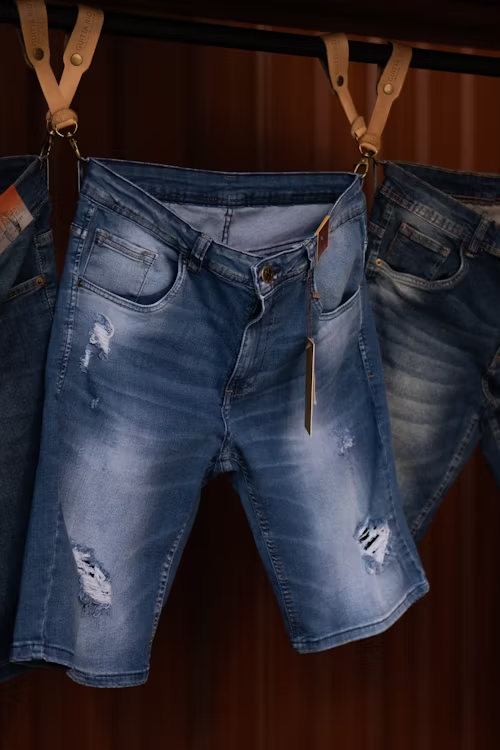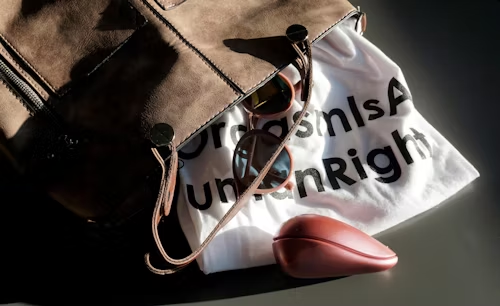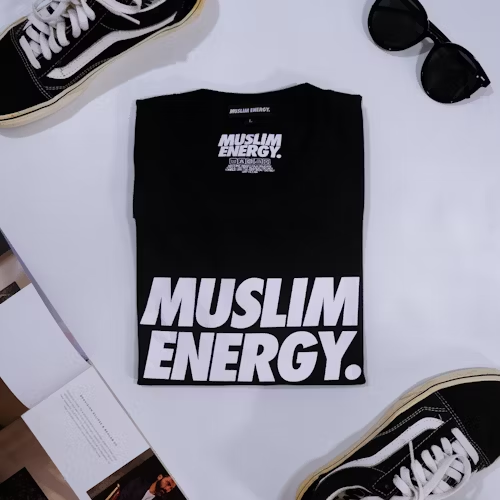
In today’s fast-paced fashion industry, the frequency of pattern updates is increasing, consumers’ demand for personalization is growing, and environmental regulations are becoming increasingly strict. In this context, traditional printing methods are no longer able to meet the requirements of flexible, efficient, and environmentally friendly production. As an emerging digital printing method, Inkjet Printing is gradually becoming one of the mainstream processes in the clothing industry.
Whether it is an independent designer brand or a large clothing manufacturer, printing has brought unprecedented efficiency and creative freedom, and is an important component of digital clothing production.
What is inkjet printing?
Spray printing, also known as digital inkjet printing, refers to the use of digital devices to directly spray design patterns onto fabric in the form of ink dots, thereby achieving pattern printing. The entire process does not require traditional plate making or screen printing, and images can be directly transmitted to printing equipment through a computer, which has the characteristics of flexibility, efficiency, and greenness.
Technically speaking, spray printing is an alternative to traditional methods such as drum printing, flat screen printing, and manual screen printing. It not only saves preparation time, but also allows for small batch production and infinite pattern changes, bringing great design freedom to the clothing industry.
Advantages of Spray Printing in the Clothing Industry
1.No need for plate making, saving time and cost
The traditional printing process is complex, including multiple steps such as plate making, sampling, and color matching, which require at least several days or even weeks of cycles. And printing can skip all these preparation processes, just import the design into the equipment and start production immediately, greatly accelerating the pace of new product launches.
For fashion brands with a wide range of styles and small batch sizes, printing can effectively reduce inventory risks and upfront investment.
2.High pattern accuracy and strong expressiveness
The resolution of inkjet printing usually reaches 600-1200dpi, with strong detail expression, especially suitable for designs with rich colors, complex gradient layers, and photographic pattern styles. Compared to the “jagged” edges or color limitations that traditional printing is prone to, inkjet printing can accurately present high-quality images.
This allows products such as T-shirts, dresses, scarves, etc. to present a more sophisticated visual effect, which helps brands enhance their added value.
3.Environmental protection and energy conservation, responding to sustainable trends
Traditional printing techniques are often accompanied by a large amount of washing, steaming, and chemical additives, resulting in a significant amount of wastewater and pollution. And inkjet printing adopts on-demand inkjet and low additive formula, greatly reducing water consumption and emissions, which is one of the representative technologies of green textiles.
Especially in the context of increasingly strict environmental regulations in the European and American markets, the use of spray printing technology has become the key for many brands to enter the international market.
4.Support single item customization, adapt to e-commerce and personalized needs
With the development of e-commerce platforms and the rise of Generation Z consumers, customization has become a rapidly growing niche market. Spray printing can easily support single piece production without being limited by pattern types, making it very suitable for personalized clothing production such as T-shirts, couple outfits, parent-child outfits, anime peripherals, etc.
Common types and applicable fabrics of spray printing
According to the different inks and fabrics used, printing can be divided into the following types:
1. Active inkjet printing
Suitable for plant-based fibers such as cotton, linen, and viscose, the finished product is soft, breathable, and brightly colored. The disadvantage is that the process flow is relatively complex, requiring post-treatment steps such as steaming and washing, and high equipment requirements, making it suitable for high-end cotton products.
2. Dispersed printing
Used for synthetic fiber fabrics such as polyester, commonly found in swimwear, sportswear, and fashionable women’s clothing. In most cases, pattern transfer is achieved through sublimation transfer paper, which has high color fastness and color saturation.
3. Acid spray printing
Mainly used in animal protein fibers such as silk and wool, with bright colors and excellent detail expression, widely used in high-end scarves, high-end dresses and other products, suitable for high-end customized brands.
4. Pigment spray printing
Widely adaptable fabrics, no need for complex post-processing, suitable for fast reverse orders. Although slightly inferior to the softness and vividness of reactive or acidic printing, it excels in low production costs and high efficiency.
Spray printing vs. traditional printing: who is more suitable for the modern market?
| Project | Spray Printing | Traditional Printing |
| Minimum Order Quantity | Single Item Minimum Order | Mass Production Mainly |
| Plate making process | No plate making, direct printing | Plate making required, complicated process |
| Design flexibility | Unlimited pattern changes | High cost of pattern changes |
| Production cycle | Instant production | Plate making+Sample making, long time |
| Environmental performance | More energy-efficient and environmentally friendly | More wastewater and pollutants |
| Cost structure | Low cost for small batches, slightly higher unit price | Low cost for large batches, large initial investment |
| Application direction | Personalized customization, e-commerce, flexible supply chain | Classic printing, mass production |
The conclusion is clear: if you are facing a rapidly changing fashion market, DTC brands, niche designs, or customized e-commerce, the advantages of printing are obvious; If you deal in bulk, single pattern, low-cost products, traditional printing still has competitiveness.
Challenges and Future Development of Spray Printing Technology
Although printing brings many advantages, it is not without limitations:
- High equipment investment: High end inkjet printers have high costs and pose a barrier to entry for small factories or start-up brands;
- Water washing resistance needs to be optimized: Some inks have poor fastness before sufficient post-treatment;
- High elasticity and poor adaptability of woolen fabrics: the nozzle is easily affected by fiber interference, and the printing effect is not as good as smooth fabrics.
However, with the continuous development of technology, the application of new generation high-speed industrial inkjet printers, environmentally friendly inks, and AI image processing algorithms will gradually solve these problems.
In the future, spray printing will make comprehensive breakthroughs in functional fabrics, environmentally friendly fashion, flexible supply chains, and become an indispensable part of digital clothing manufacturing.
Representative Brands and Spray Printing Application Trends
Spray printing has been widely used in many internationally renowned brands:
- Zara, H&M, Uniqlo: use spray printing for fast reverse style printing to enhance supply chain flexibility;
- Etsy, Redbubble and other platform merchants: achieve instant printing and shipping of user uploaded patterns through spray printing;
- High end brands such as Herm è s and Marimekko use acid spray printing to create high-quality pattern details and artistic sense.
In China, more and more clothing factories and live streaming e-commerce supply chain enterprises are introducing printing equipment to support “same day single order, same day shipment”, effectively improving product turnover efficiency.
Conclusion: Spray printing is redefining the future of clothing printing
Digital printing is not only a technological advancement, but also a key weapon for the fashion industry to respond to current changes. It provides designers with unlimited creative space, endows brands with quick response capabilities, and also brings consumers new choices that combine personalization and environmental protection.
If traditional printing represents the large-scale production of the industrial era in the past, then inkjet printing is undoubtedly a symbol of flexible manufacturing in the new era. Seizing spray printing is equivalent to seizing the competitive core of the future clothing industry.








